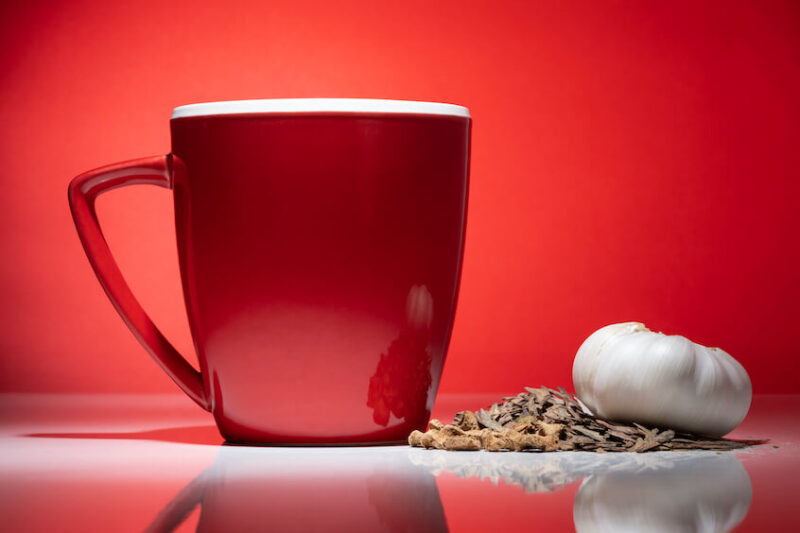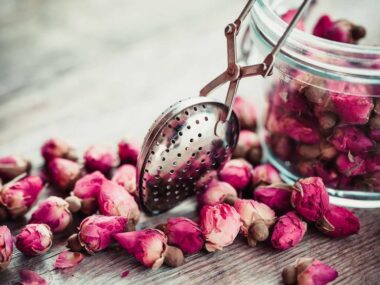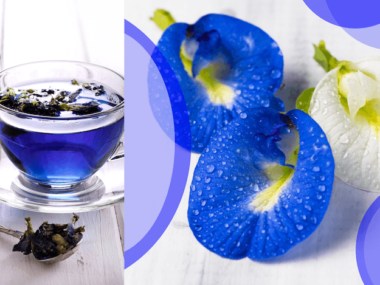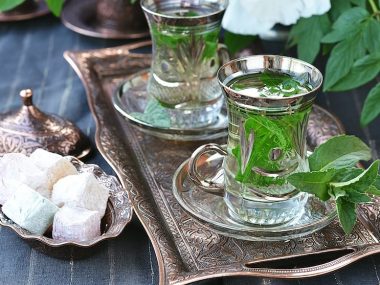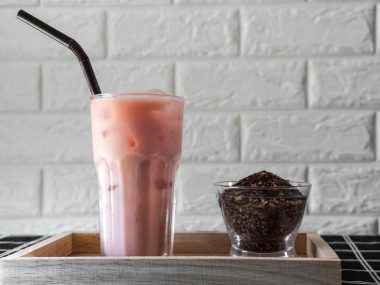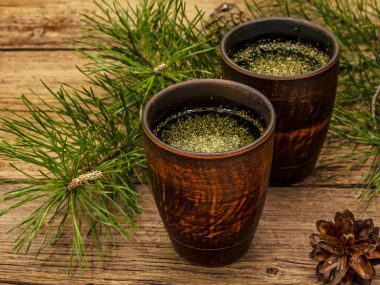A tea made from a vegetable with such an odd taste? That just doesn’t sound appealing, especially if it’s highly pungent. We are about to raise eyebrows and tickle the mind with some interesting info about garlic tea that seems to confuse the palate.
Table of Contents
What Is Garlic Tea?
Garlic tea is a tisane (herbal tea) made from fresh or dehydrated garlic. This tea is enjoyed in various ways with infusions of other spices and herbs. Garlic tea may also be a true tea (black, green, oolong, yellow, white) with a bit of garlic infusion.
What Is Garlic?
Many of us laughingly think back to our childhood when our comic books depicted monsters, villains, and heroes. One of the hundreds of characters included Dracula, who had an affinity to garlic. Protection from this character was had by wearing garlic around the neck. However, as adults, we would never entertain the notion of wearing such potently pungent-smelling plant matter.
All humor aside, garlic is a spice and herb used all over the world. In the botanical world, garlic is classified as a vegetable which may surprise many. However, most everyone refers to it as a spice or herb.
Garlic comes from the bulbous portion of a flowering plant called Allium sativum (which is a species of the onion/wild onion genus.) Various countries heavily rely on garlic to flavor dishes. This is especially true for Italian, Spanish, and Latino dishes. Also, garlic is often used in traditional medicine as an herb to treat certain ailments.
The bulb of a garlic plant grows beneath the soil. This bulb contains individual pods of tender garlic that have the same texture and look as an onion does. The pods are encased in a tough skin that must be peeled off (just like onions.) Once the skin has been removed, the intense aroma of garlic fills the air.
Garlic contains a sulfur compound called Allicin which is what gives this spice/herb such a potent and aromatic smell and taste.
The History Behind Garlic

Did you know that garlic is a prehistoric, ancient herb that has been consistently cultivated and used since at least 3,000 B.C? Babylonians are on record as using it around 4,000-5,000 B.C., while Egyptians and Persians historically utilized it 5,000 years ago.
Countries within a “center of origin” are where true cultivated garlic (Allium savitorum) flourishes naturally without any human intervention. Such countries within this area include Kyrgyzstan, Tajikistan, Turkmenistan, and Uzbekistan. You won’t find true garlic growing in the wild like this anywhere else in the world. Any other garlic you may hear about growing throughout the world are different species of Allium (onion family) which can be garlic-like, leeks, or onions.
To help you better understand how there is only one true garlic (the one used as a spice and herb,) we have listed garlic-like species. Some of these are used in herbal garlic supplements and herbal teas.
- Allium canadense (meadow garlic)
- Allium carinatum (keeled garlic)
- Allium cuthbertii (striped garlic)
- Allium neapolitanum (white garlic)
- Allium Nevil (Nevius garlic)
- Allium nigrum (black garlic)
- Allium oleraceum (field garlic)
- Allium ursinum (bear garlic)
- Allium vineale (wild garlic)
Garlic (Allium savitorum) has increasingly grown over the past 5,000 years, becoming one of the world’s leading cultivated spices and herbs. Statista reports that in 2019, the leading garlic-producing country was China (23.26 million tons.) Furthermore, Statista has on record that garlic accounted for 30.7% of 2019’s global vegetable production.
Different Teas Made With Garlic
An unadulterated garlic tea consists of water and garlic. This tea is considered a tisane (herbal tea) which is typically made from dehydrated bits of garlic which is brewed into a tea.
Adding other herbs, spices, or a true tea (green, black, oolong, yellow, or white) produces other types of garlic tea. There are some rather interesting combinations out there that are sold as a garlic tea.
Finding garlic tea in tea shops is a rarity. You’ll most likely find this tea sold by herbal retailers to consume for medicinal benefits.
Black Garlic Tea
There’s a black garlic tea sold online. However, after doing a little research, we discovered it’s not a black tea infused with garlic. It’s called “black” garlic tea because herbalists dry black garlic (Allium nigrum) which is brewed to make a tea. A “black garlic tea” marketed like this may lead consumers into thinking they are getting a true black tea infused with garlic.
Garlic Honey Lemon Tea
This tea is a base of unadulterated garlic tea (garlic and water) with either lemon-infused or fresh lemon added during brewing. Honey is also added just before enjoying.
Garlic Green Tea
Finding this tea in the market or online is extremely challenging because it is typically a home-prepared tea. A true green tea is brewed with fresh garlic or dehydrated garlic added during the brew.
Ginger and Garlic Tea
Ginger and garlic tea is an herbal tea (tisane) that contains ginger and garlic. It may also have other spices or herbs.
How Much Caffeine Is In Garlic Tea?
Unless a garlic tea contains a true tea (black, green, oolong, yellow, white), it will not contain any caffeine. Tisanes (herbal teas) are caffeine-free. Garlic green tea, for example, contains a true tea. You can expect to have up to 50 mg of caffeine in a six-ounce cup because green tea is caffeinated. The black garlic tea we mentioned earlier can lead someone into believing they are getting a caffeinated garlic tea; however, the black garlic is the base for the tea rather than a true black tea. So, black garlic tea is caffeine-free.
Can I Drink Garlic Tea Every Day?
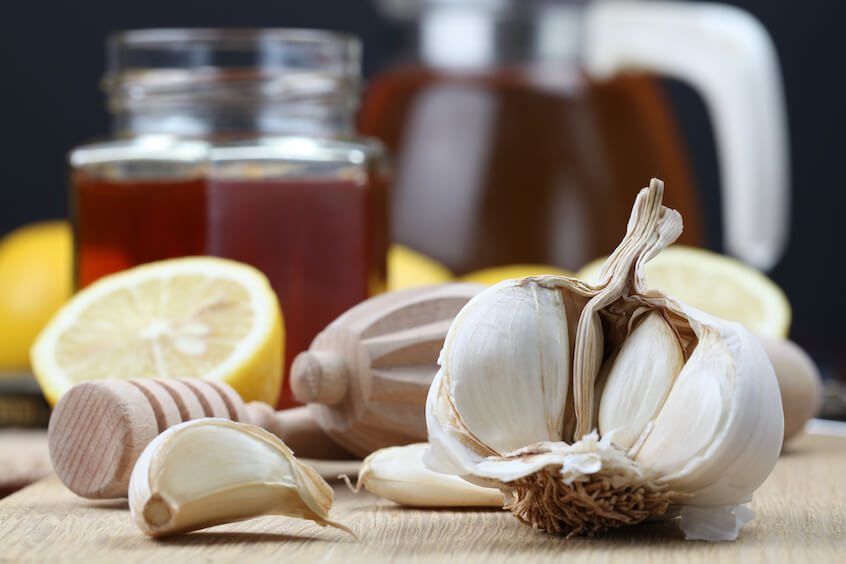
We don’t have the medical expertise to tell you garlic tea is safe or unsafe to consume daily. If you are on medications or have medical conditions, it’s best to consult with your healthcare provider before consuming any tea. Some herbs and tea compounds can possibly interact with certain medications or cause adverse effects.
A published research study (Chemical Constituents and Pharmacological Activities of Garlic (Allium sativum L.): A Review) states that Allicin (a sulphuric compound in garlic) is capable of causing unwanted side effects (allergic reaction, digestive upset, intolerance.) Allicin is a defense mechanism garlic plants release when the plant tissues are disturbed. This prevents animals from foraging on garlic. Overconsumption of garlic causes severe side effects, which we cover further on below.
What Are The Benefits Of Garlic Tea?
Garlic is used in traditional medicine throughout the world. Various cultures depend on garlic tea to treat coughs, fever, upset stomach, rheumatism, bronchitis, and other ailments. Some even drink garlic tea for colds.
A study (Chemical Constituents and Pharmacological Activities of Garlic (Allium sativum L.): A Review) states Allium species (which includes garlic) reduce risks of developing diabetes and heart conditions. Garlic also helps to ward off infections by boosting the immune system. Other benefits of garlic were noted to fight fungal conditions.
A study from the “Dietary Polyphenols and Health” mentions that garlic lowers blood pressure by inhibiting angiotensin-converting enzyme (ACE.) It goes on to also report that garlic fights inflammatory conditions by inhibiting the release of cytokines. Those with arthritis, inflammatory bowel disease, and asthma can significantly benefit from garlic.
What Are The Side Effects Of Garlic Tea?
As we mentioned earlier above, garlic contains a sulphuric compound called Allicin. The Open Access Journal of Toxicology published a study (Review of Toxicity of Allicin From Garlic) which reported that when garlic (Allicin) is consumed in excess, adverse effects can occur such as salivation, sweating, difficulty breathing, vomiting, diarrhea, and more.
Oregon State University Linus Pauling Institute’s Micronutrient Information Center published an article (Garlic and Organosulfur Compounds) that covered the common adverse effects of consuming garlic. These adverse effects include heartburn, stomach pain, flatulence, nausea, vomiting, and diarrhea. The article noted that serious effects included uncontrolled bleeding, cardiac events, and allergic reactions such as asthma. Moderation is crucial when enjoying garlic tea.
How To Make Garlic Tea
Garlic tea can be enjoyed when consumed in small quantities and after your healthcare provider has advised it to be safe. We have a simple way to prepare a cup of this tea.
Ingredients
- ¼ clove of fresh garlic (minced)
- ⅛ teaspoon of black pepper
- 2 cups of water
- ⅛ teaspoon of ground ginger
Directions
Tip: Fresh garlic should be allowed to “off-gas” once chopped by resting 10-20 minutes before using. This off-gassing decreases the Allicin compound, which is responsible for the unpleasant side effects garlic can cause.
- Bring the water to a boil.
- Remove from the heat.
- Add the garlic, ginger, and black pepper and stir.
- Cover, and allow to steep for 5 minutes.
- Remove the cover.
- Strain the tea and discard the garlic.
- Pour the tea into a teacup and enjoy!
To Get The Benefits, Proceed With Caution
Garlic is not something we imagined as posing any risks when consumed. However, it’s hard to dispute the evidence-based information we have provided. Less is more when it comes to garlic tea.
